Tip of the Month: Crate Training? The Time Is Now!
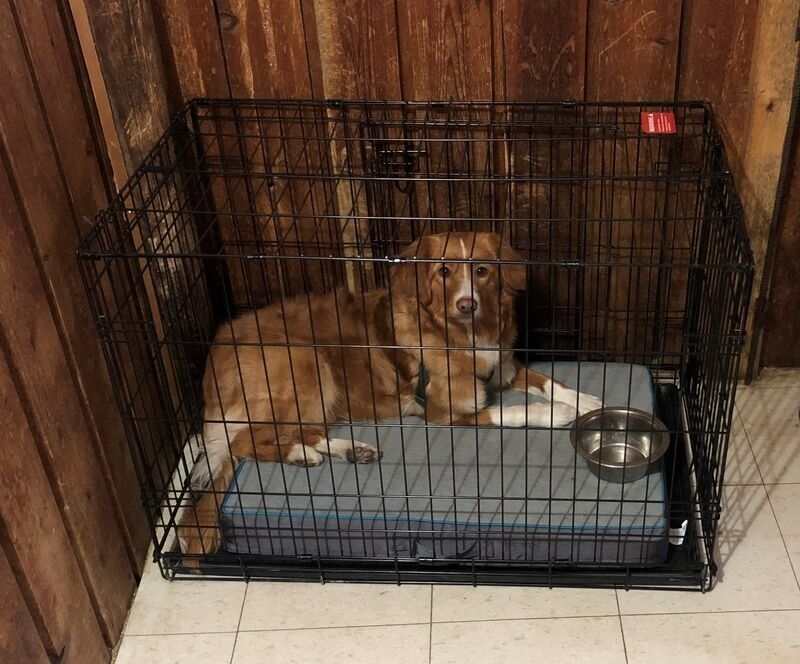
Never thought it was necessary to crate train your dog? Neither did several of my neighbours when the White Rock Lake Fire incinerated the community of Monte Lake last August. Many rural folks just call their dogs and they come running to jump happily into the car or truck. Well, in the case of emergencies, your dog's incredible radar will pick up your emotion instantly and can have all kinds of reactions including, confusion, fear, flight, aggression and freezing up. Many dogs will flee under pressure especially when they sense high anxiety from their leader! You might call your dog like you always do anticipating its 'normal' response only to watch them take off running away, scared to death of what emotion their perceive. Some may jump in the vehicle and instantly be on the fight with your other pets while others can take the first opening by jumping out the window or door the first second they see the opportunity. Sadly, I was one of many to search for my neighbours' lost pets for weeks after the fire. Most were never seen again while some skeletons were recovered having been consumed by that monster fire.
Your dog may love a portable kennel, fight for their life avoiding them or maybe, your dog has never seen a crate. Well, as summer draws near and wildfire risks weigh heavy on our minds...I am here to suggest that your dogs be prepared to love being in a crate! I guarantee if you have to evacuate, your worry for your dog's safety will be 100x less stressful and your story will have a happy ending for you and your canine family.
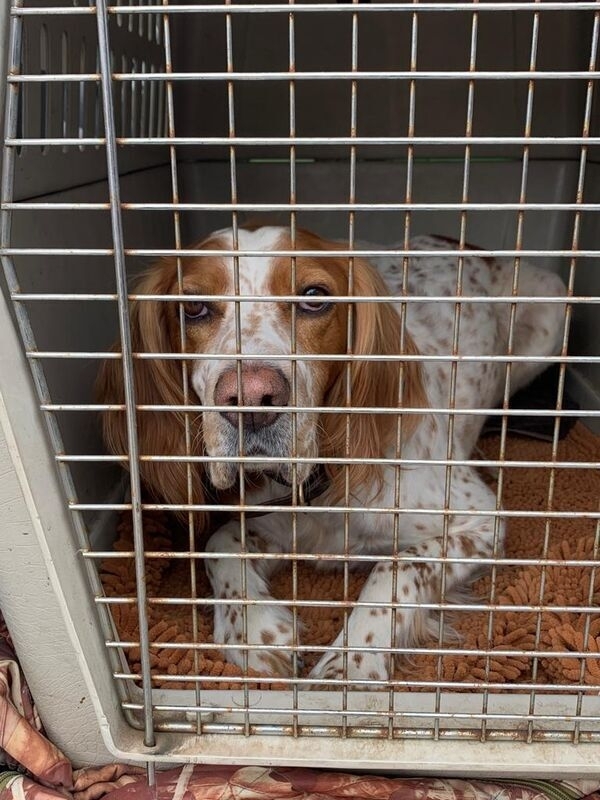 Basically, your choices are metal wire and plastic walled crates. When deciding on which one is most appropriate for your dog, first assess your pet's coping behaviour when stressed... if your dog shows anxiety digging, chewing or crying when seperated, then perhaps a wire crate is best so they can see out and feel a part of what's going on surrounding them. If your dog is a quiet introverted dog that circles repetitively, curls into a ball covering their head under their paw or into a corner and shakes when worried, they will find more security emotionally in a solid den type crate. If you're unsure, a mesh style is an easy way to have the benefits of both types - throwing a blanket over the top and sides will provide more privacy when your dog needs more of a cave space. Regardless which portable kennel you choose, be sure that you can secure the door(s) with a snap or dog proof lock that cannot be wiggled or mouthed open. Any dog crate should be large enough that a dog can stand up, turn and lay down comfortably.
Basically, your choices are metal wire and plastic walled crates. When deciding on which one is most appropriate for your dog, first assess your pet's coping behaviour when stressed... if your dog shows anxiety digging, chewing or crying when seperated, then perhaps a wire crate is best so they can see out and feel a part of what's going on surrounding them. If your dog is a quiet introverted dog that circles repetitively, curls into a ball covering their head under their paw or into a corner and shakes when worried, they will find more security emotionally in a solid den type crate. If you're unsure, a mesh style is an easy way to have the benefits of both types - throwing a blanket over the top and sides will provide more privacy when your dog needs more of a cave space. Regardless which portable kennel you choose, be sure that you can secure the door(s) with a snap or dog proof lock that cannot be wiggled or mouthed open. Any dog crate should be large enough that a dog can stand up, turn and lay down comfortably.
Be sure your dog's portable house is a great place to go! It is a process to crate train your dog - here are some basic tips to consider. Please, take the time it takes, starting now! Preparation will spare heartbreak, everytime.
- • When introducing your dog to use a crate put something that smells like you inside for them to lay on.
- • Add a bone or chewy for them to enjoy and help them pass the time.
- • Give them one of their favourite toys to keep them company.
- • It's a good idea to use an associating word like 'kennel' or 'crate' when directing your dog to its safe place.
- • Leave the door open until they decide that it's a comfortable and desireable place to go and are not anxious to get out. (If your dog is extremely anxious about crate training you might consider giving it some spray oral Rescue Remedy flower essence or homeopathic oral anxiety drops 10 minutes before your training session – you might take some yourself if your dog becomes a very difficult challenge!)
- • Feeding your dog meals inside the crate is a good time to start closing the door. (Adding some water to their food will help keep them hydrated while training so that you don't have to risk a water bowl being spilled until they are comfortable inside this confined space.)
- • Remember that the 'release' is what teaches, so be very sure to open the crate door only when your dog is calm. Ideally your dog is not in a hurry to leave – if so, simply reduce the time spent in the crate and make it a better place to stay.
- • Gradually lengthen the time your dog is inside the crate until it's no issue whether they are in or out of the crate.
Soon your dog will consider their dog cave a very cool place to hang out and be easily transferred in times of emergency.
Lastly, keep the crate easily assessible this summer, handy near the door or close to your vehicle. I hope you never have to use it, but I know that you can rest assured that your dog family will be safe should you have to evacuate in a hurry.
For more dog training tips, check out my Ask The Trainer page. Or, ask me about my dog-owner training services.


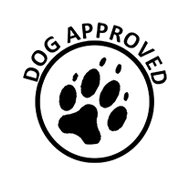
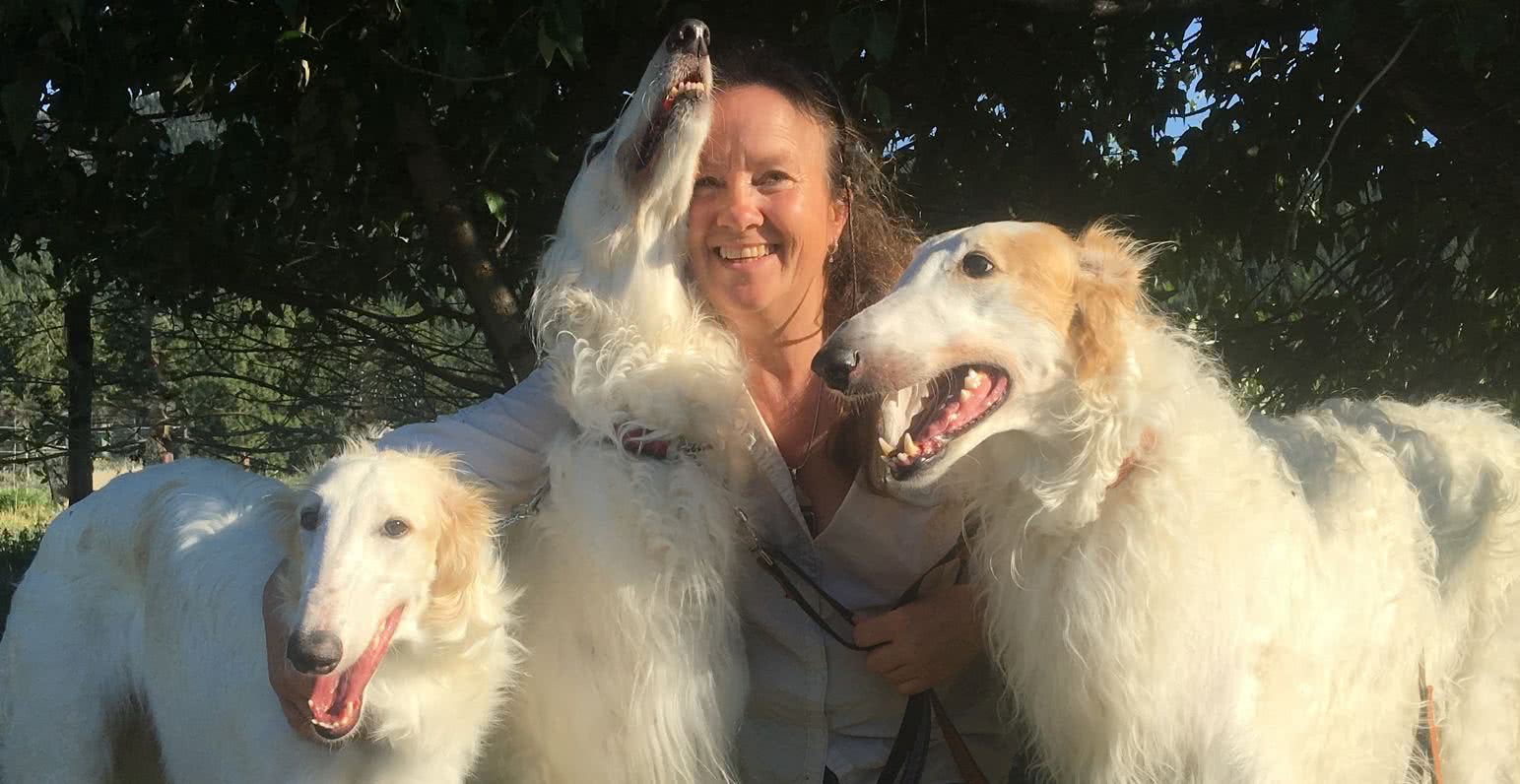

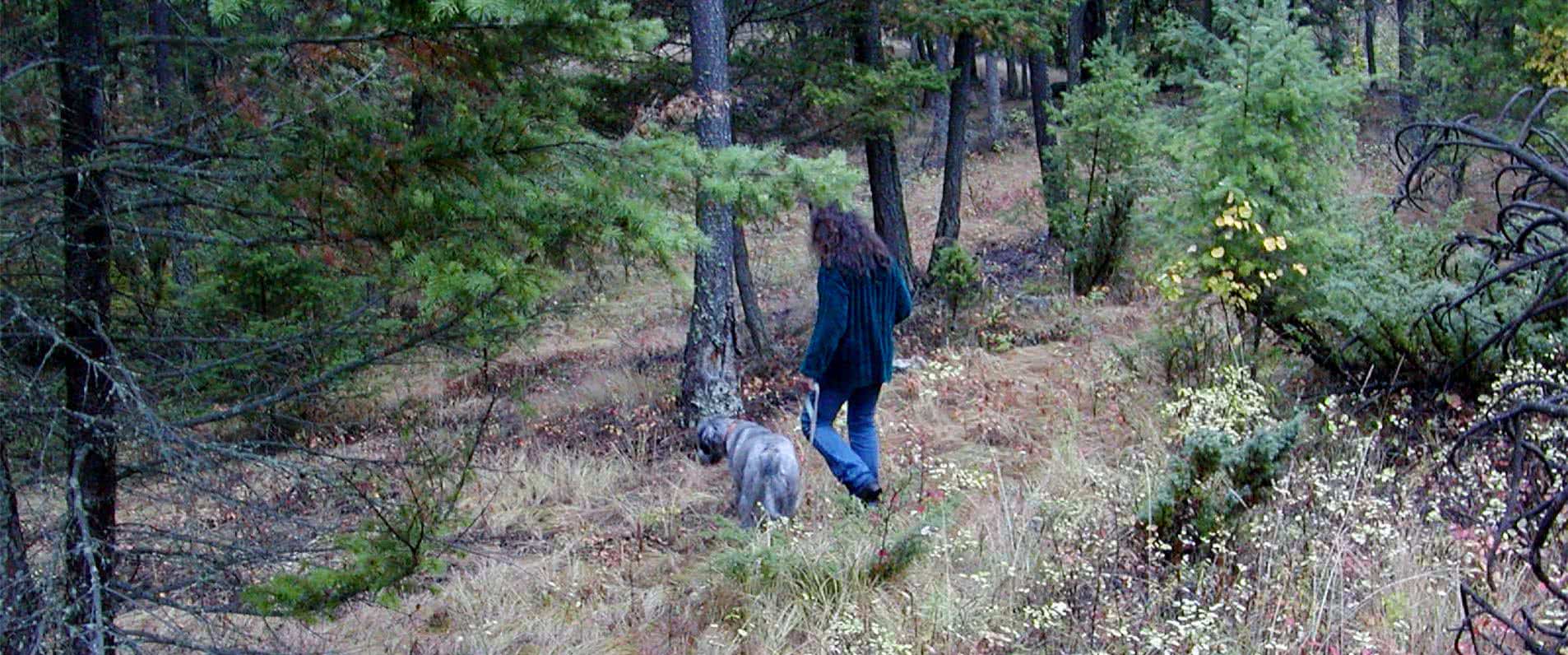
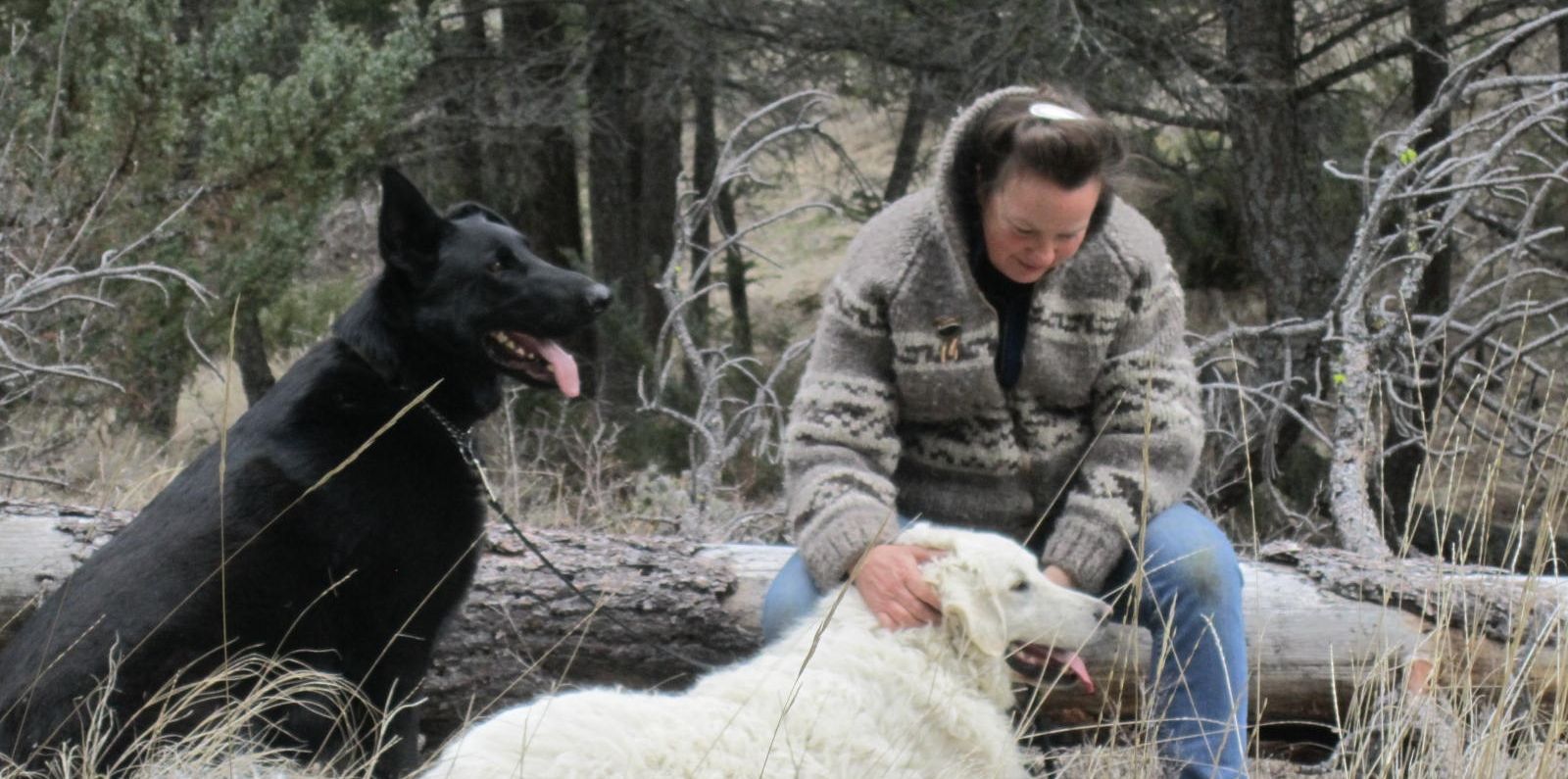
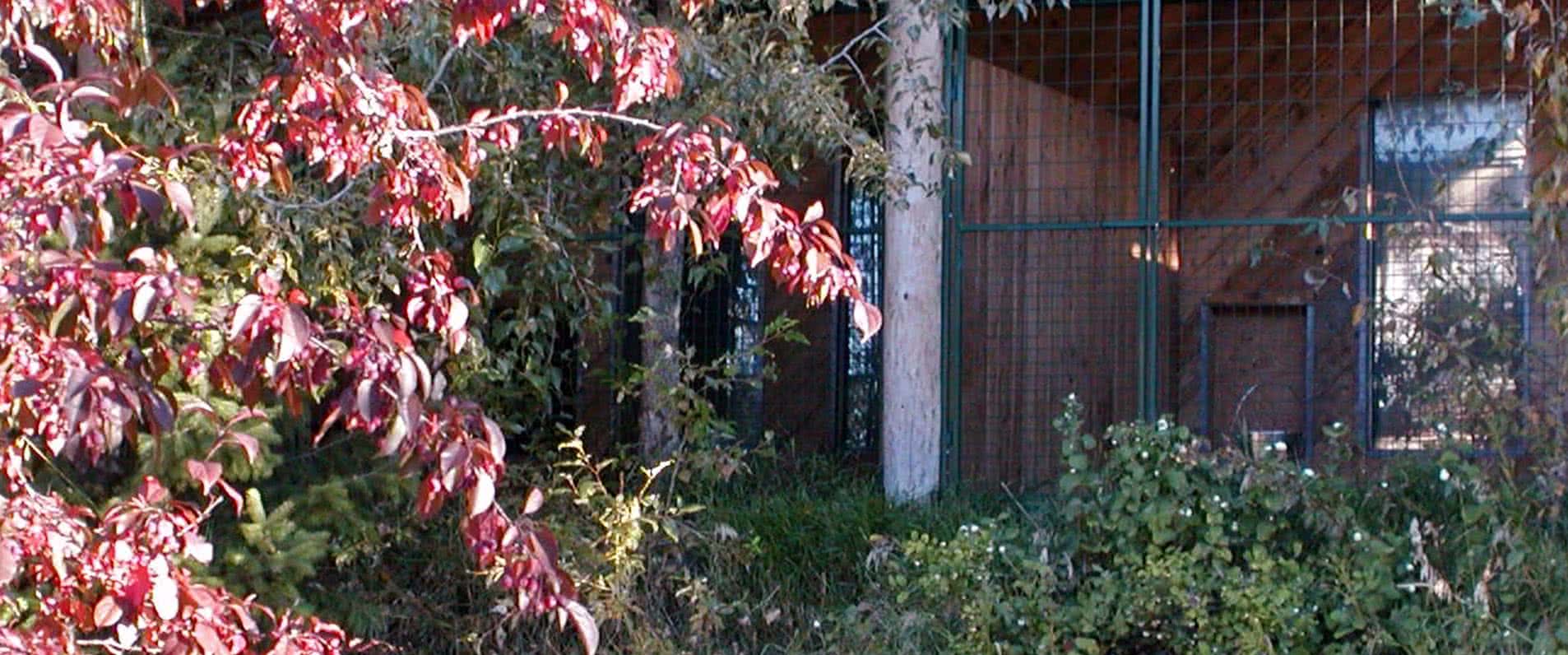
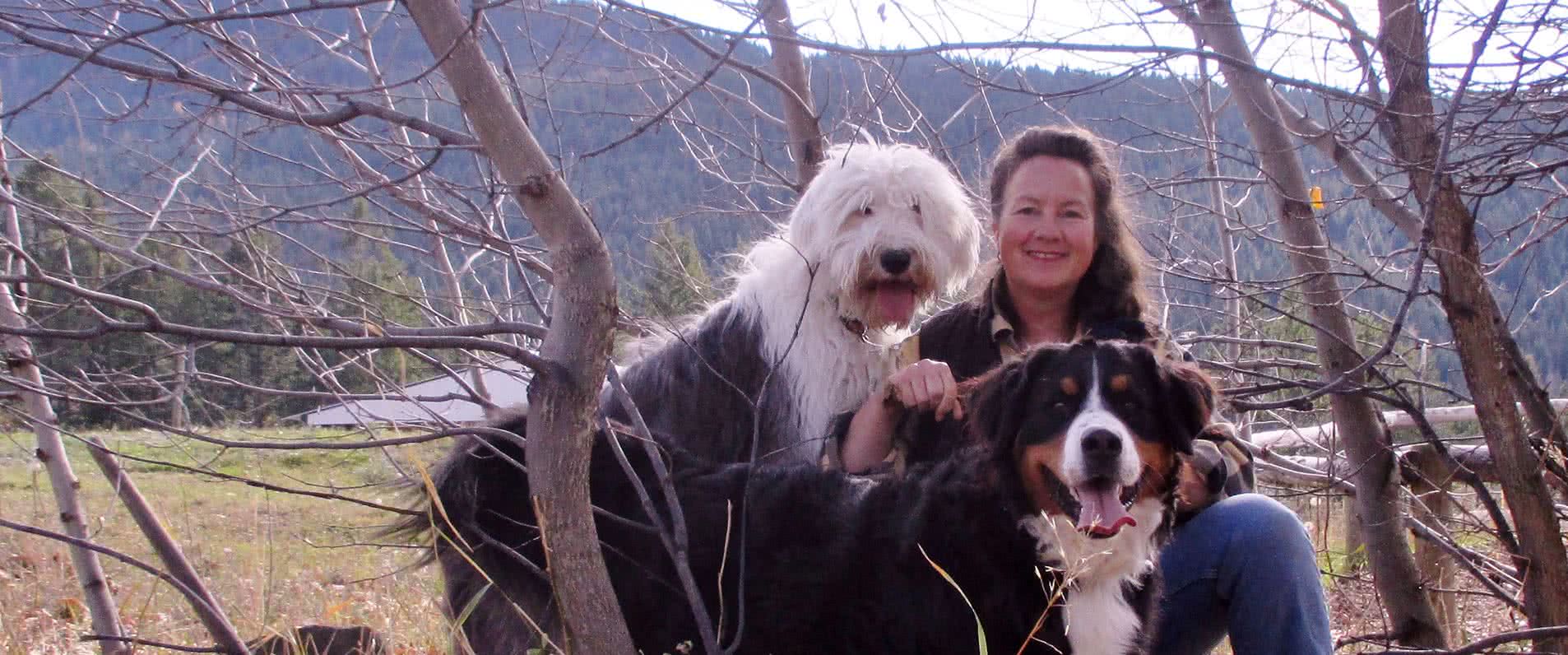



 Contact Form
Contact Form